8 Artworks From Artnet’s Gallery Network That Our Experts Are Loving This Week
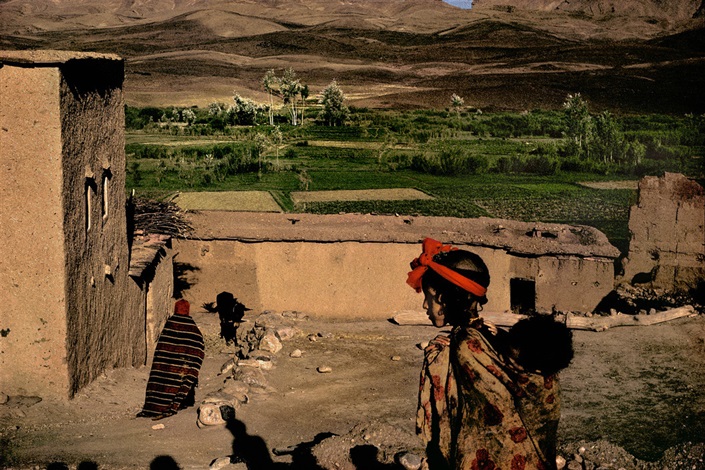

Artnet Gallery Network

Every week, we explore the thousands of galleries on the Artnet Gallery Network to highlight the spaces and artworks inspiring us right now. Take a look at our latest picks below.
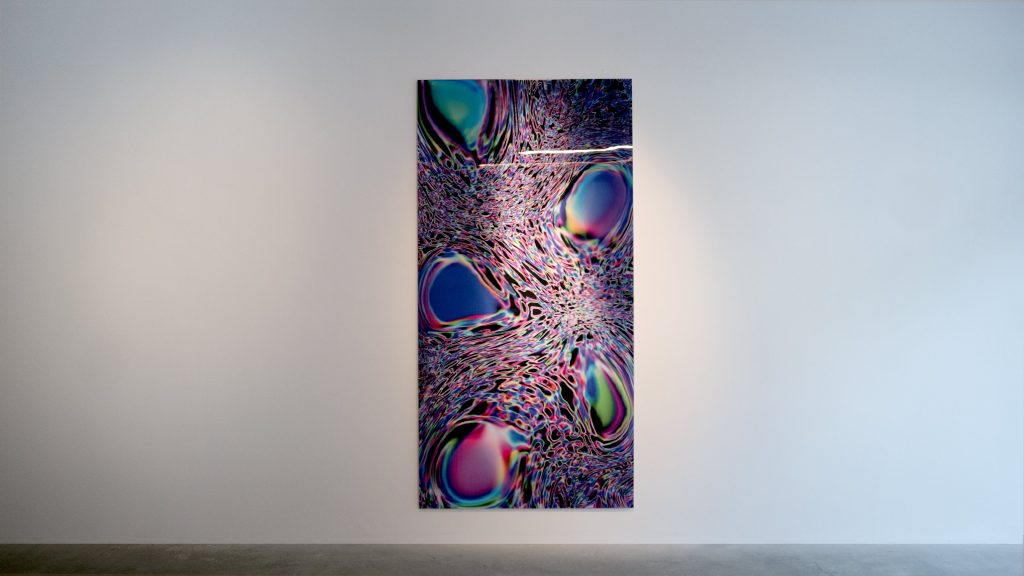
Marc Rembold, Red Blue Nano Towers. Courtesy of Laleh June Galerie.
In an interesting technological twist, this artwork is constructed from mounted 3-D nanoparticles. This scientific technology uses an algorithmic color scale to create a psychedelic effect. Marc Rembold brings cutting-edge Swiss technology into his most recent work—his work was previously known for augmenting reflections, kitsch metallic sculptures, and transcribing chromatic scales of light.
—Carson Wos
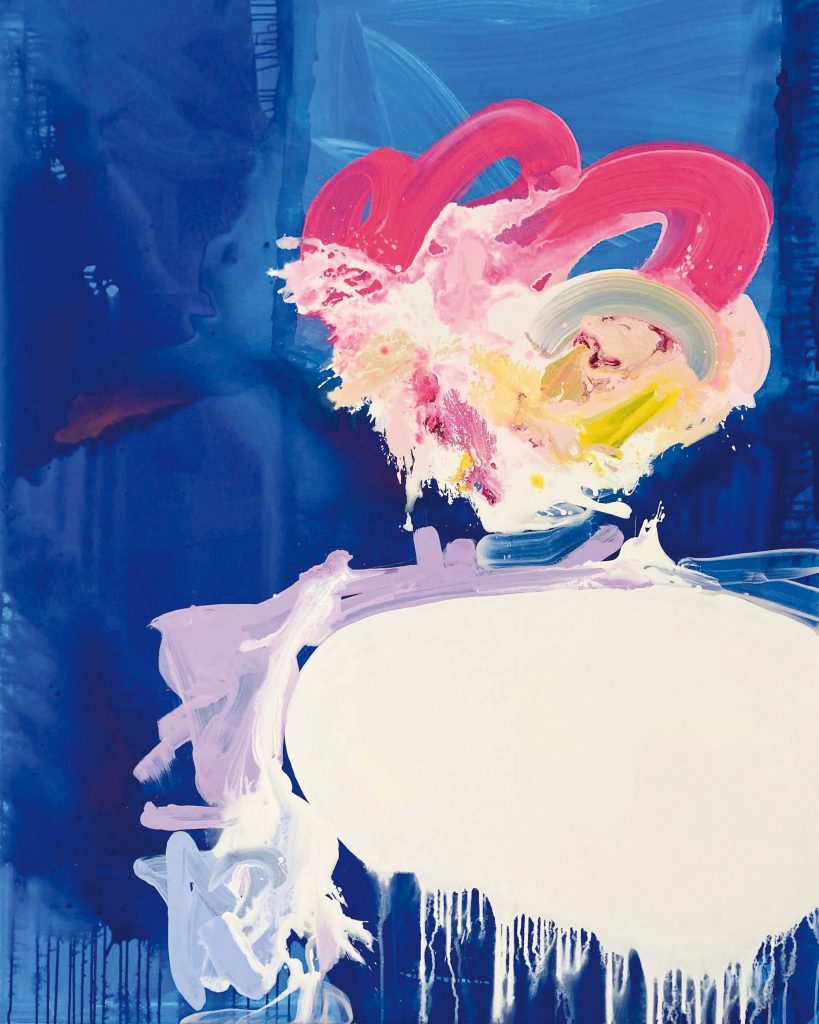
Ana Pusica, Aqua. Courtesy of Filser & Gräf.
Ana Pusica’s large-scale paintings explore the repetition of movement in large-scale bursts of dynamic color. As I look at her paintings, I can sense her gesture and presence among the intense strokes of hot pink and vibrant blue.
—Gillian Ochoa
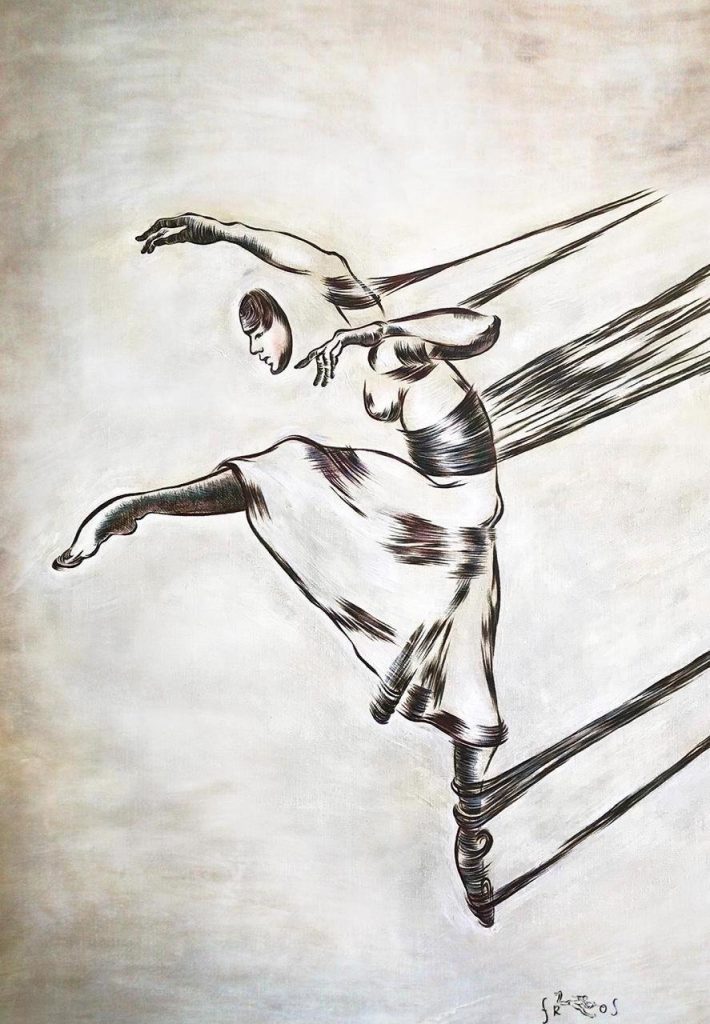
Evfrosina, Fly. Courtesy of Boccara Art.
While Evfrosina works with various mediums the predominant subject is the movement of the human body. Motion is fundamental to progress, accompanied by balance, in search of harmony
—Karin Petit
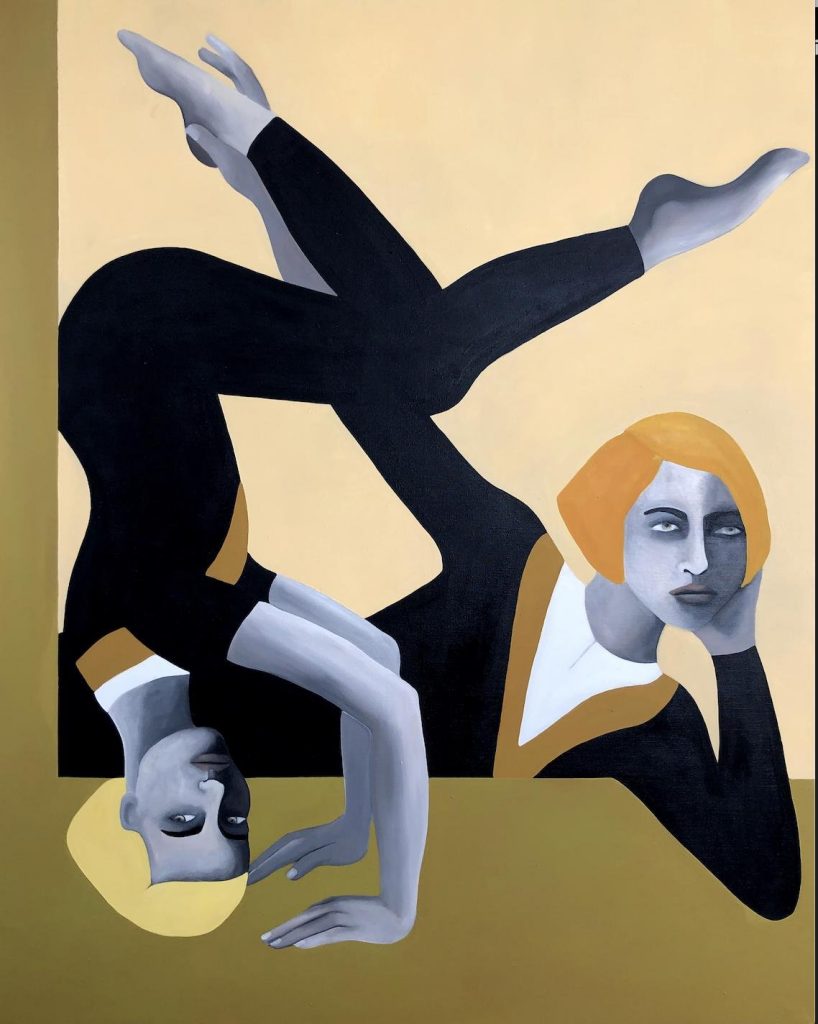
Rebecca Brodskis, Headstand. Courtesy of Cassina Projects.
Rebecca Brodskis’ portraits have an intangible presence and immediacy. No squiggly decorations fill up the picture surface or connect with the figures. Quite the opposite: we see clearly structured bodies in places that are defined—if at all‚only by fragments and sharp lines. Brodskis usually devotes her canvas to a singular character or a small group closely related to each other. The sitters are strongly reminiscent of the 1920s, almost flapper-like in appearance and expression, and are not afraid to open up themselves. And yet, their gazes sometimes wander off into the distance, leaving us with a suspicious pang.
—Miriam Minak
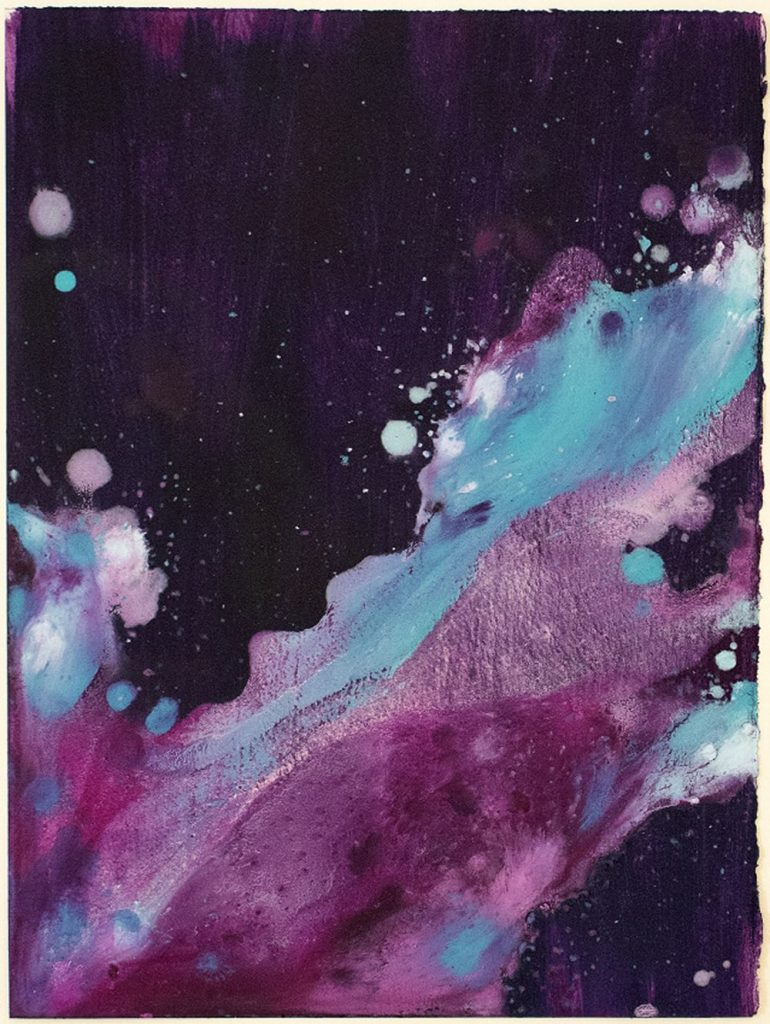
Augustus Francis, From Pink. Courtesy of Jonathan Novak Contemporary Art.
The colors in this Augustus Francis works are beautiful—the way the blues and purples swirl and blend together evokes celestial images of the galaxy.
—Neha Jambhekar
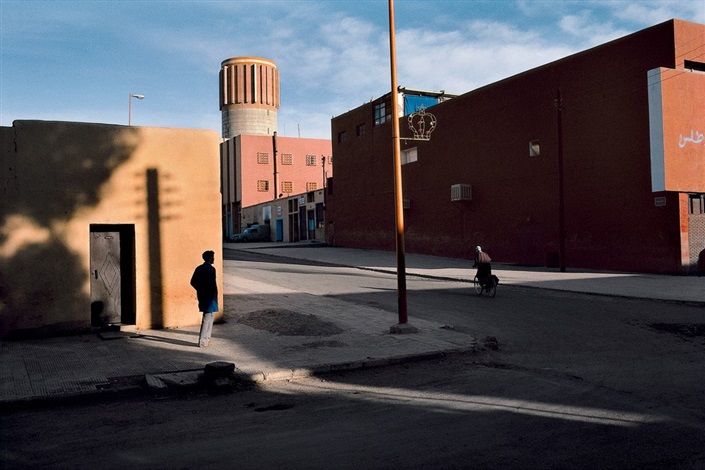
Harry Gruyaert, Ouarzazate. Courtesy of Magnum Photos.
Gruyaert’s photographs resonate due to their early incorporation of photojournalism with qualities of staged fine art scenes. His current show at Magnum Photos is a selection of images that spans multiple decades in Morocco. Ouarzazate, the name of the city pictured, is a cinematic scene that pays beautiful attention to multiple compositional aspects. The individuals are engaged in a possible emotional tension, and more personally fascinating, the light, shadows, and perspective bring attention to the relatively modern architecture that manages to maintain the important essence of the older citadels.
—Santiago Garcia Cano
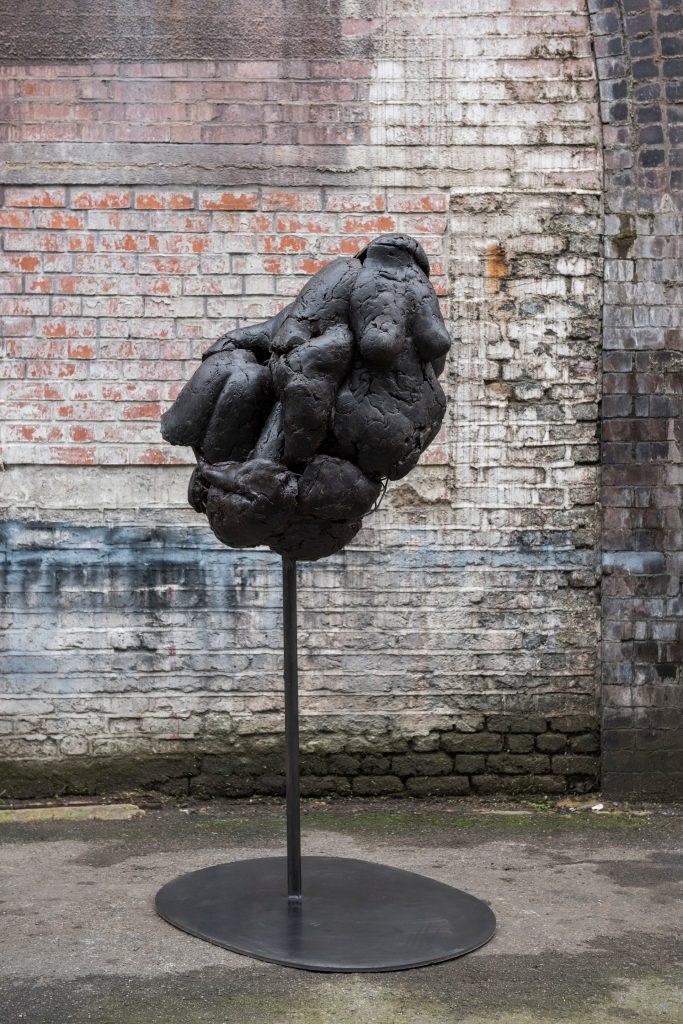
Kalliopi Lemos, Deity No.3. Courtesy of Gazelli Art House.
The work of the Greek-born sculptor Kalliopi Lemos often represents the oppression of women around the world, and their resilience in hardship. This Deity piece shows a semi-abstract female form, the softness of the curves contrasting with the hardness of the material.
—Sara Carson
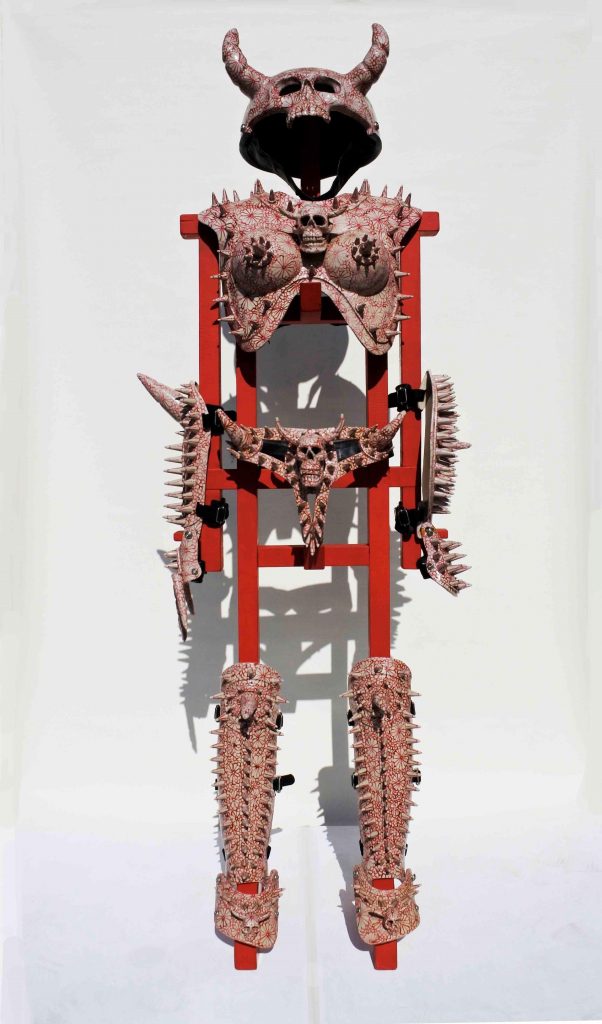
Asada, Protector Against the Battle. Courtesy of Gallery Yukiko Nakajima.
In this sculpture by the artist Asada the references to armor are immediate. Historically, armors were manufactured for men, in both European and Asian countries, and armor for the most important soldiers was more elaborate and well crafted. Here, the artist presents armor designed for women, who, as we know, have rarely historically fought in wars. With this work, Asada seems to insist that women continuously fight against invisible barriers to develop their careers, and sometimes they need to protect themselves. Her artwork is the representation of protections women put on unconsciously when they work, made with ceramics, which like a woman’s nature can be at once solid but delicate.
—Yi Zhang